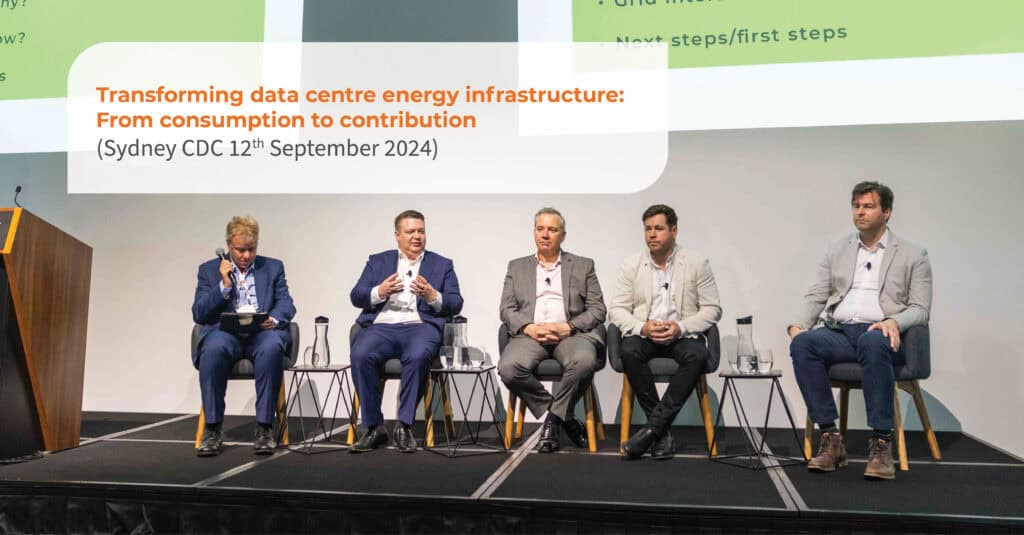
2030 Energy Targets Require Flexibility on the Grid
Over the past week, two crucial elements that will shape the trajectory towards Ireland’s 2030 energy targets were set in motion. This week saw the commencement of the long-awaited first auction under the Renewable Energy Support Scheme (RESS 1), designed to provide financial support towards Ireland’s 2030 target of generating 70% of its electricity from renewable sources. In addition to increasing the level of renewable electricity on the system, RESS 1 also seeks to introduce diversity to the renewable technology makeup, currently over 90% deriving from onshore wind power units.
Published with less fanfare last week, but no less crucial was the FlexTech framework document developed by the system operators across Ireland – https://bit.ly/2BoWwno. The focus of FlexTech is to unlock and obtain additional flexibilities across a range of new and evolving technologies, including Demand Side Flexibility and battery storage.
Increasing the levels of renewable energy on the Irish grid is essential to deliver a low-carbon society. However, to maximise the amount of that renewable energy that is accommodated by the grid, it is equally crucial to improve grid flexibility. We welcome these two momentous developments in Ireland’s path towards a much-needed power system transformation.


